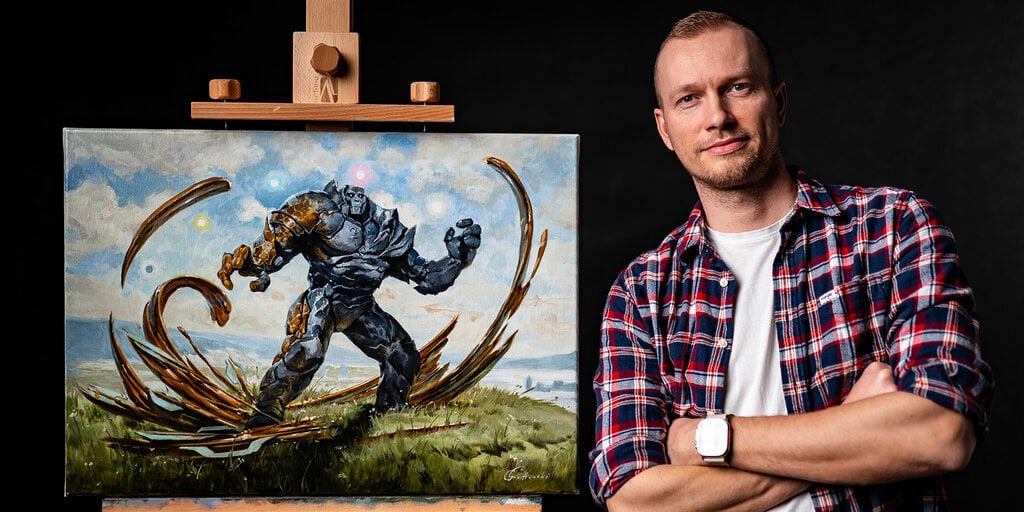Greg Rutkowski, a digital artist known for his surreal style, opposes AI art but his name and style have been frequently used by AI art generators without his consent. In response, Stable Diffusion removed his work from their dataset in version 2.0. However, the community has now created a tool to emulate Rutkowski’s style against his wishes using a LoRA model. While some argue this is unethical, others justify it since Rutkowski’s art has already been widely used in Stable Diffusion 1.5. The debate highlights the blurry line between innovation and infringement in the emerging field of AI art.



No, but you can download Rutkovski’s art, learn from it how to paint in his exact style and create art in that style.
Which is exactly what the image generation AIs do. They’re perhaps just a bit too good at it, certainly way better than an average human.
Which makes it complicated and morally questionable depending on how exactly you arrive at the model and what you do with it, but you can’t definitively say it’s copyright infringement.
You keep comparing what one person, given MONTHS or YEARS of their life could do with one artists work to a machine doing NOT THE SAME THING can do with thousands of artists work.
The machine is not learning their style, it’s taking pieces of the work and dropping it in with other people’s work then trying to blend it into a cohesive whole.
The analogy fails all over the place.
And I don’t care about copyright, I’m not an artist or an IP lawyer, or whatever. I can just look at a company stealing the labor of an entire industry and see it as bad.
The speed doesn’t factor into it. Modern machines can stamp out metal parts vastly faster than blacksmiths with a hammer and anvil can, are those machines doing something wrong?
The machine didn’t take the blacksmiths work product and flood the market with copies.
The machine wasn’t fed 10,000 blacksmith made hammers then told to, sorta, copy those.
Justify this all you want, throw all the bad analogies at it you want, it’s still bad.
Again, if this wasn’t bad, the companies would have asked for permission. They didn’t.
That’s not the aspect you were arguing about in the comment I’m responding to. You said:
And that’s what I’m talking about here. The speed with which the machine does its work is immaterial.
Though frankly, if the machine stamping out parts had somehow “learned” how to do it by looking at thousands of existing parts, that would be fine too. So I don’t see any problem here.